#shale formations
Explore tagged Tumblr posts
Text
Newfoundland
The many layered shale cliffs, Small Point-Adams Cove. July, 2023.
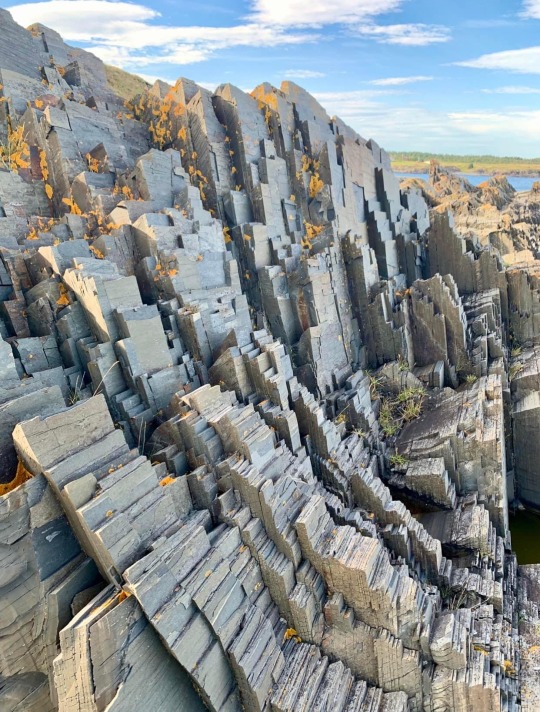
4K notes
·
View notes
Text
Archovember 2024 Day 25 - Pteranodon longiceps
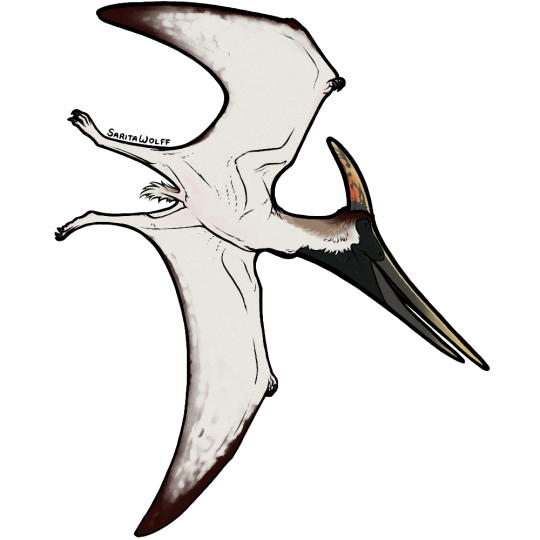
As one of the main species to make up the mythical “Pterodactyl” conglomerate, Pteranodon longiceps is possibly the most familiar pterosaur to the public. However, most people don’t know much about the real animal behind the pop culture monster. Living in the Late Cretaceous USA, Pteranodon is also the most well-known pterosaur to science, as over 1,200 specimens have been found! It was the first pterosaur found outside of Europe, the first toothless pterosaur found, and, before the discovery of the giant azhdarchids, was also the largest pterosaur known. Pteranodon is also one of the few prehistoric animals with confirmed sexual dimorphism, and it’s a bit extreme to boot! The larger male Pteranodons had huge pointed crests and an average wingspan of 5.6 m (18 ft), while the smaller female Pteranodons had small, rounded crests, wider pelvic canals, and an average wingspan of 3.8 m (12 ft).
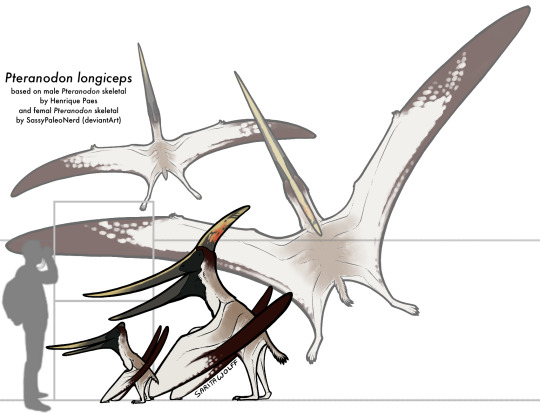
Pteranodon lived around the Western Interior Seaway, a massive sea that split North America in two during the Late Cretaceous into the Early Paleocene. With wings shaped like modern day albatrosses, Pteranodons were likely gliders who relied on thermals, but did seem to be more capable of sustained flapping. As one would expect, their diet was made up mostly of fish, though they may have eaten invertebrates as well. With their more heavy build, they could probably dive into the water like modern day gannets, folding up their wings and plunging beneath the waves, snatching up fish with their pointed, birdlike beaks. Pteranodon crests were most likely for display, as there was variation between not only males and females, but also individual males. As females were twice as common as males, they were probably polygynous, with males competing for the mating rights in rookeries of females. Competition was likely not physical, and instead would depend on females determining the age and fitness of males based on the size of their crest.
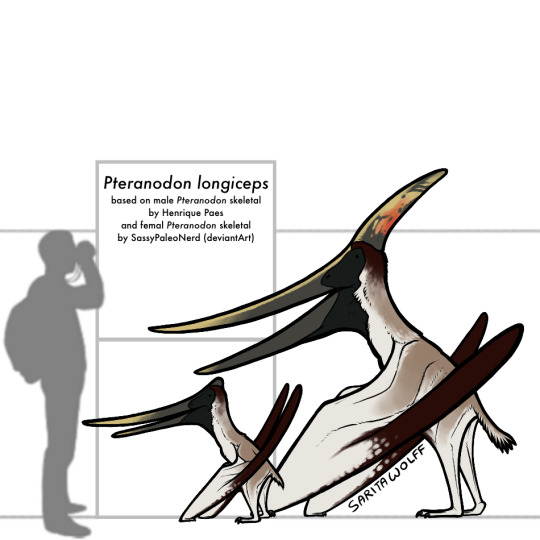
Pteranodon has been found in both the Niobrara Formation and the younger Pierre Shale Formation. Some possible fragments from the Mooreville Formation and Merchantville Formation also exist. While Pteranodon was much more common, it would have lived alongside, and possibly competed with, the fork-crested pterosaur Nyctosaurus and the toothed seabird Ichthyornis. It is probable that Pteranodon lived in offshore rookeries, raising their flaplings far from land-based predators, as most fossils are found far from what would have been the Interior Seaway’s coastline. Under the waves, Pteranodon would have hunted a variety of fish, ammonites, and squid. It would have come across sea turtles such as Toxochelys, plesiosaurs such as Styxosaurus, and flightless birds like Parahesperornis. It would have had to look out for mosasaurs like Tylosaurus and sharks like Cretoxyrhina. Aside from birds, most Pteranodons would rarely come across dinosaurs. Their main exposure to dinosaurs would be corpses, like that of the hadrosaur Claosaurus, being swept out to sea.
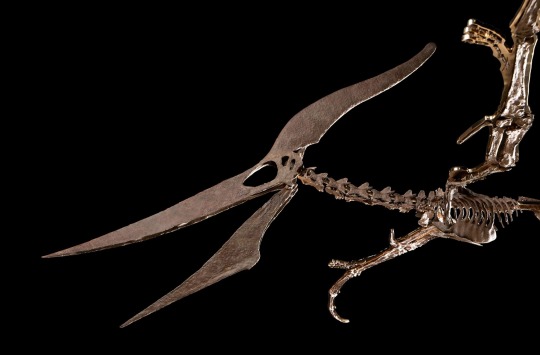
This art may be used for educational purposes, with credit, but please contact me first for permission before using my art. I would like to know where and how it is being used. If you don’t have something to add that was not already addressed in this caption, please do not repost this art. Thank you!
#Pteranodon longiceps#Pteranodon#pteranodontid#pterosaurs#archosaurs#archosauromorphs#reptiles#Archovember#Archovember2024#Dinovember#Dinovember2024#SaritaDrawsPalaeo#Late Cretaceous#USA#Niobrara Formation#Pierre Shale Formation#Mooreville Formation#Merchantville Formation
41 notes
·
View notes
Text
Monday Musings: In Conclusion
This month has been dedicated to the Cambrian Period. Something most people are not aware of is that Paleozoic and Mesozoic periods are broken down into epochs and stages...just like the Cenozoic.

Just for fun I wanted to use this column of the Cambrian Period to show where all the major deposits and animals we've talked about (and a few we haven't) occurred.
Like our favorite trilobites!


Trilobites appeared in the fossil record at about 521 Ma, right at the end of Stage 2 of the Terreneuvian Epoch. Not long after that, the Chengjiang and Sirius Passet lagerstatten were deposited. This was towards the end of Stage 3 of Series 2. This is when the animal Haikouella lived.

Next is Emu Bay Shale. We haven't talked about that one yet. As you can imagine, Emu Bay is in Australia on Kangaroo Island.


It is one of two sites containing Redlichiidan trilobites.
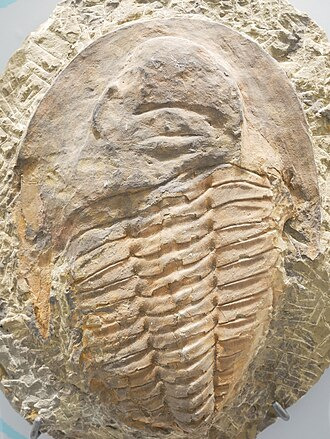
The Burgess Shale was deposited at the beginning of the Drumian Age during the Mialingian Epoch. This is when Hallucigenia and Marella lived.
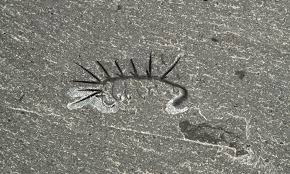

This is followed by the Wheeler Shale, Marjum and Weeks Formation sequence in the Guzhangian Age.
The final lagerstatten is the Orsten Fauna of Sweden. The fossils are just a little bit younger than the Utah ones and much smaller. This site preserved larval stages and the first fossil tardigrades.

By the end of the Cambrian there was a major faunal turnover into the Ordovician Period. Many brachiopods and conodonts died but the group that was hit the hardest was the trilobites. Those that lived on the outer edges of the shelfs and slope environments were hardly affected but those that lived in the shallow seas on the shelf were wiped out.
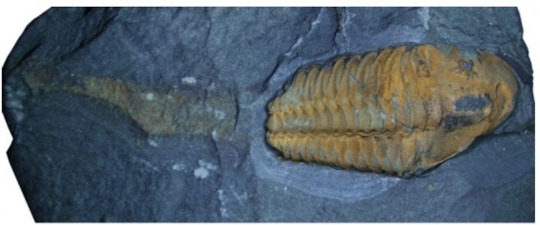
The Cambrian Period was important and I hope you enjoyed learning about it this month. Next month we will switch from geochronology to paleontology with comparative anatomy! There will be a video on the basics posted to youtube on October 19th but if you want to see it sooner then join my new Patreon! The video will be posted two weeks earlier.
There will also be interviews with my fellow paleontologists as well as lesson videos and access to the Minerals Rocks and Fossil Talks discord server. Thanks for all the support and fossilize you later!

#paleontology#fossils#fun facts#geology#cambrian period#lagerstatten#burgess shale#maotianshan shale#emu bay shale#sirius passet#wheeler shale#marjum formation#weeks formation#orsen fauna#trilobite#trilobite exticntion#marella#haikouella#hallucigenia
23 notes
·
View notes
Text
I’ve been offered the internship I really wanted <3
I moved to North Dakota kind of on a whim with the dream of being a paleontologist, but this position puts me actually in the paleontology collections (literally my dream job long term) so like. Damn. I guess I’m doing this. I might be able to actually become a paleontologist for real.
#I’m so excited I honestly didn’t dare anticipate getting this position but I really wanted it#I moved to North Dakota so I could work with the dinosaurs and I’m fucking doing it y’all#well. okay. technically I get to work with them to decide what formation and type of fossil I will work with#and if it’s an option I will probably choose Pierre shale marine invertebrates#because god i fucking love ammonites#but in theory I could choose to do dinosaurs#I just. don’t know shit about vertebrate skeletons#but invertebrates are so cool and I love them but other people don’t love them as much#so it might be useful for them to have somebody who wants to focus on them#I’m just very excited because this feels like a step in the right direction and if this goes well my chances of getting into grad school go#way up as well#except I think I want to focus on the actual history part of museum studies in grad#more diverse education background would set me up for more diverse plausible hiring options right out of school#also I love history I would totally be a history major if I didn’t also love geology and want the stability
8 notes
·
View notes
Text

January 2nd, 2023
Harpers Ferry, West Virginia
#photography#harpers ferry#west virginia#harpers ferry national historic park#national historic park#national park service#nps#blue ridge mountains#appalachain mountians#appalachain trail#rock#rock formation#landscape#shale
1 note
·
View note
Text

And so concludes this short and relaxing formation #paleostream! The Soom Shale is a late Ordovician lagerstätte with few fossils but often times exceptional preservation. This is one of the few places we have conodont fossils from with more than just the "teeth"

This member of the Cederberg Formation formed right after the Ordivician glaciation ended. Yet, it was still cold enough to have huge icebergs come through from melting glaciers, leaving dropstone behind (one is in the background).

The fauna is was preserved in an anoxic environment, which was probably not were all of these animals lived. Which is why I show the creatures here in vicinity to where their fossils would form. The size chart was provided this time by Discord member B_Wither
#paleoart#sciart#paleostream#palaeoblr#ordovician#glaciation#ice berg#trilobites#conodonts#soom shale
221 notes
·
View notes
Text

Tizeline - She/Her - Digital Artist
tizeline on Bluesky
Mostly fanart with some original art sprinkled in here and there
Pr*ship & Tc*st go awayyy
Tag navigation, FAQ and AU info under cut 👇
Tags
#tizel art - Art tag
#tizel talk - Me rambling about random stuff
#Tiz Sep AU - My dumb RotTMNT AU
FAQ
Can I repost your art? No! Please don't!
Can I use your art as a profile picture / header? Yes, I am fine with that! Preferably with credit
Can I draw fanart of your AU? YES god yes no need to ask just make sure to tag me so I can see it :D!!
Can I dub your comics? No, I'd rather you not
What do you use to create art? I mostly draw in Procreate on an iPad
What brushes do you use? This is something that changes as I like to switch things up sometimes, but lately I've mostly been using the Shale Brush in Procreate
What canvas sizes do you usually work with? Depends on the drawing, but usually either A4 format (2480 x 3508 pixels) or a square canvas (ca 2000x2000 pixels). As a rule of thumb, I rarely go lower than 1000 pixels on either side. I always use 300 dpi.
What's Tiz Sep AU?
A seperated RotTMNT AU where Raph, Leo and Mikey were raised by Draxum and Donnie were raised by Splinter, check out the tag for more info!
Some highlights of the Tiz Sep AU
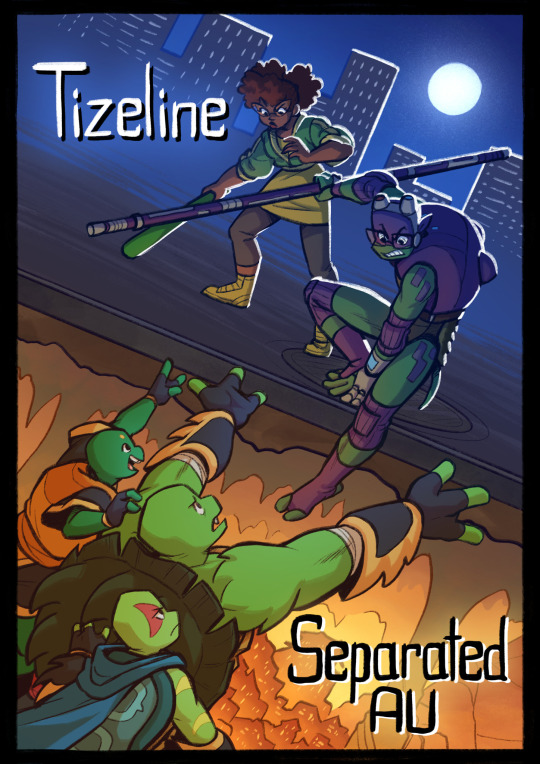
(there's more to find under the hashtag, but if you don't wanna scroll through it all, here are some of the more important/interesting posts)
(ALSO! These are not in chronological order, they're in the order that I posted them, so they jump back and forth in the story quite a bit)
First Post (original concept)
Turtle Hands
Powerhouse Mikey
Donnie's complicated relationship to his brothers
Leo Fanboy Moment
Everyone sucks at names (including me)
Shelldon!
Leo-Brooding-In-A-Pizzeria Arc
- Run of the Mill encounters
- Jealousy
- Leo AND Donnie Fanboy moment
Overprotective Big Bro
Unusual Team Up
Raph + Casey Friendship Moment
Leo is a Poor Winner
Raph + Casey Friendship Moment PART 2!
Cell Talk - Part 1 - Part 2 - Part 3
Little Bro...?
Separation anxiety and it's consequences - Part 1 - Part 2 - Part 3
Gearing Up (Follow up to Cell Talk) - Part 1 - Part 2 - Part 3 - Part 4 - Part 5 - Part 6
The Beginning - Part 1 - Part 2 - Part 3 - Part 4 - Part 5 - Part 6 - Part 7 - Part 8 - Part 9
Family Secrets - Part 1 - Part 2 - Part 3 - Part 4 - Part 5 - Part 6 - Part 7
Summary of the movie's events (TW: Impalement, blood)
Donnie's Ninpō Explained
Frienemies
1K notes
·
View notes
Text
@pixeljade what a lovely explanation!! We got some sandstone formations and boulders out here because the San Andreas fault likes to mix rock layers up, but never stuff like these. I'll keep an eye out for any cool sandstone formation when I go hiking next month!
new irrational phobia: naturally-occurring sandstone concretions found in France known as "gogottes"
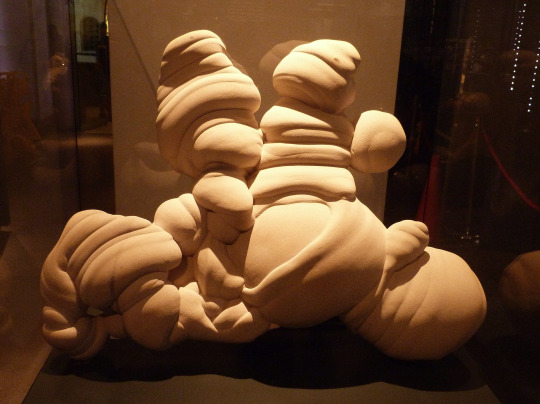
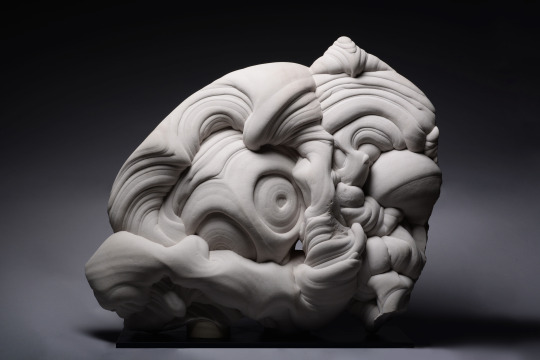
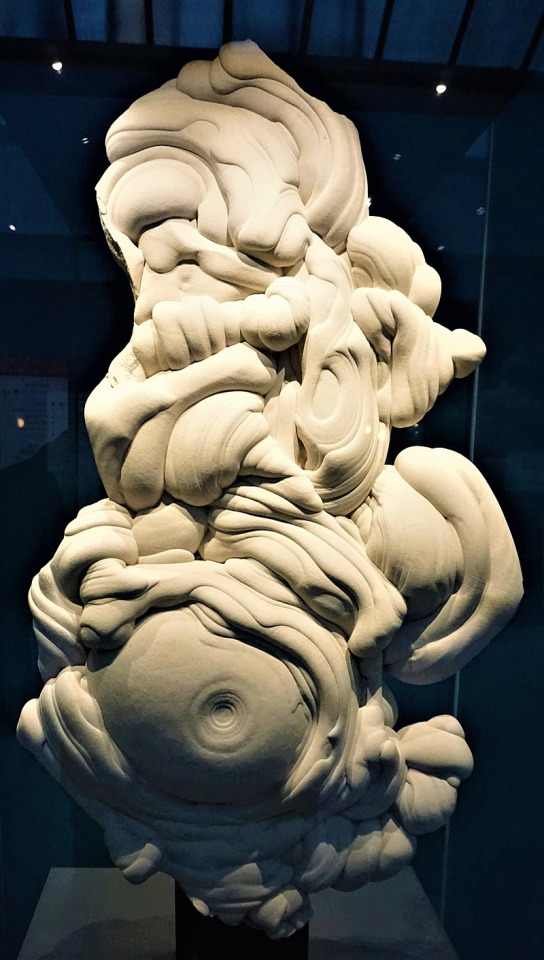

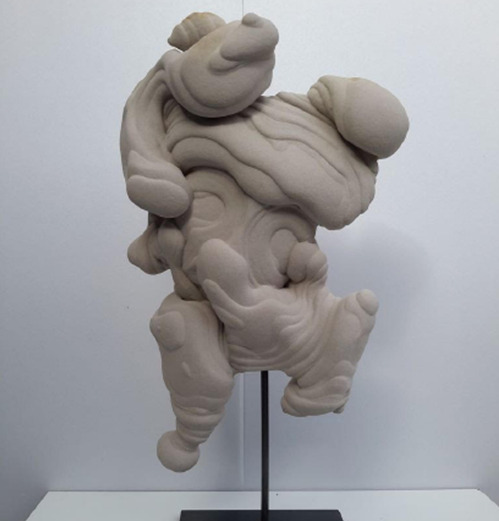
#didn't expect a reply lol this was really informative#im hiking around a sandstone formation overlaying shale out in the desert in a few weeks should find cool stuff there maybe
34K notes
·
View notes
Text
if you aren't familiar with a given ecosystem, they're all talked about in depth on Wikipedia by the name I use to refer to them.
pick wisely, this is the start of an Adventure
274 notes
·
View notes
Text
Round 2.5 - Cnidaria - Hexacorallia
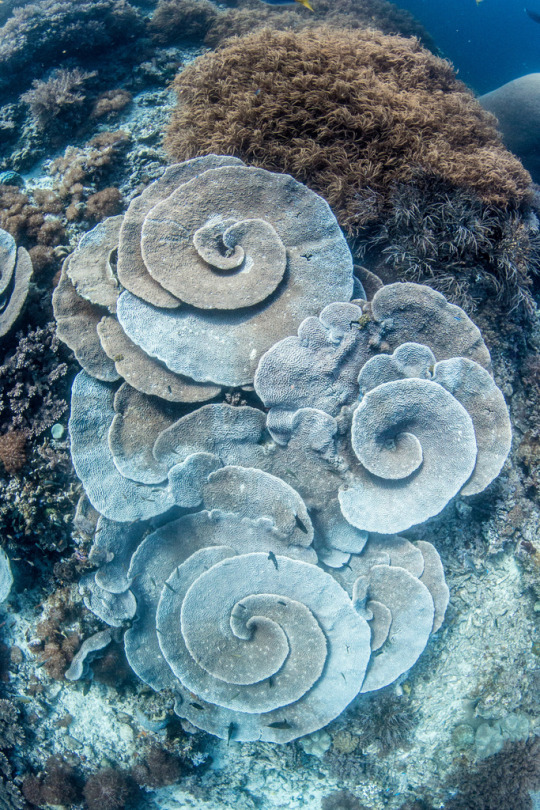
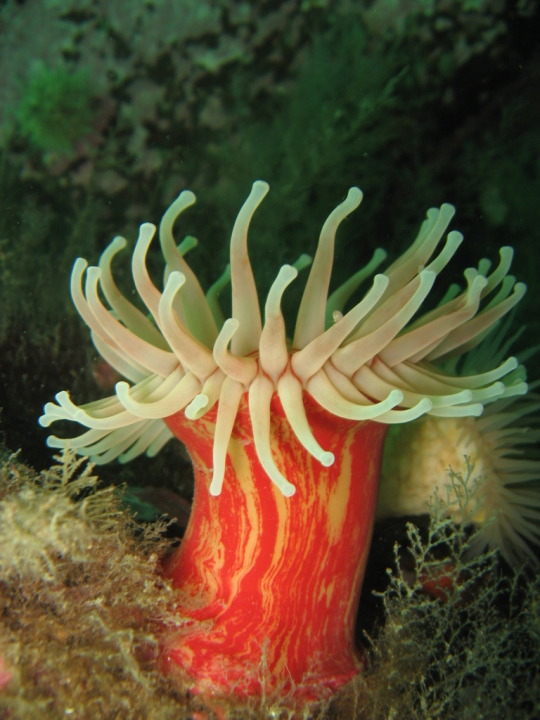
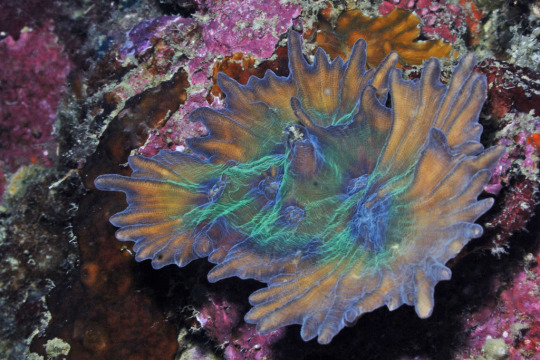

(Sources - 1, 2, 3, 4)
The anthozoan class Hexacorallia contains five extant (living) orders: Actiniaria (“sea anemones”), Antipatharia (“black corals” or “thorn corals”), Corallimorpharia (“false corals”), Scleractinia (“stony corals” or “hard corals”), and Zoantharia (“zoanthids”). This class contains many of the most important reef builders: the stony corals, sea anemones, and zoanthids.
Like all anthozoans, these organisms are formed of individual soft polyps which in some species live in colonies and can secrete a calcite skeleton. Some species live as solitary polyps. Hexacorals are distinguished from Octocorals by having six or fewer axes of symmetry in their body structure, and tentacles which are simple and unbranched and normally number more than eight. Reef-building or hermatypic corals are mostly colonial, building a communal skeleton around their colony. Corallimorphs are similar to the stony corals, except for the stony skeleton, and have a tendency to overgrow reefs in a carpet formation. Most sea anemones are solitary, single polyps attached to a hard surface by their base but some species float near the surface, or can deatach to escape predators.
Hexacorals are filter-feeding carnivores, using their tentacles armed with stinging cells, called cnidocytes, to catch and neutralize plankton and draw it into their mouth. Larger polyps are able to take correspondingly larger prey, including various invertebrates and even fish. Many species have separate sexes, the whole colony being either male or female, but others are hermaphroditic, with individual polyps having both male and female gonads. Most species release gametes into the sea where fertilisation takes place, and the planula larvae drift as plankton, but a few species brood their eggs. Once the larvae settle in an area, they will metamorphize into a polyp. In colonial species, this initial polyp will repeatedly divide to give rise to an entire colony. Hexacorals can also reproduce by fragmentation, where part of a colony becomes detached and reattaches elsewhere, cloning polyps to grow the colony in the new area.
Hexacorals have existed since the Fortunian. Mackenzia, from the Middle Cambrian Burgess Shale of Canada, is the oldest fossil identified as a sea anemone. Nonetheless, many hexacorals have been declining in numbers and are expected to continue declining due to poaching, ocean acidification and climate change.

Propaganda under the cut:
Hexacorals provide housing, shelter, food, and protection for so many other animals. They are The Givers of the Animal Kingdom.
The largest coral ever recorded, a Pavona clavus colony dubbed the “mega coral” lives off the Solomon Islands. It is 34m (112 ft )wide, 32m (105 ft) long and 4.9m (16 ft) high, larger than a Blue Whale, composed of nearly one billion polyps, and more than 300 years old!
Coral is loud. It can hear and it communicates with each other via sound. We’re only beginning to discover this information and understand the implications of it, and more research needs to be done, but the amount of noise-making humans do in the ocean tends to disrupt the communication corals have with each other and other reef life.
Black Corals have historically been used by Pacific Islanders for medical treatment and in rituals, and are used in modern day for making jewelry.
Sea anemones and zoanthids are popular in the aquarium trade, however, their popularity threatens some populations as the trade depends on collection from the wild.
In southwestern Spain and Sardinia, the Snakelocks Anemone (Anemonia viridis) is consumed as a delicacy. The whole animal is marinated in vinegar, then coated in a batter similar to that used to make calamari, and deep-fried in olive oil.
Most sea anemones are harmless to humans, but a few highly toxic species (notably Actinodendron arboreum, Phyllodiscus semoni and Stichodactyla spp.) have caused severe injuries and are potentially lethal.
Clownfish and Anemonefish (Subfamily Amphiprioninae) are most famous for having a mutualistic relationship with sea anemones, receiving protection from predators by hiding in the anemone's stinging tentacles, and providing the anemone nutrients in the form of faeces. Some other animals have been recorded utilizing sea anemones in a similar way, including cardinalfish, juvenile threespot dascyllus, incognito (or anemone) gobies, juvenile painted greenlings, various crabs (such as Inachus phalangium, Mithraculus cinctimanus and Neopetrolisthes), shrimp (such as certain Alpheus, Lebbeus, Periclimenes and Thor), opossum shrimp (such as Heteromysis and Leptomysis), and various marine snails. One of the more unusual relationships are those between certain anemones (such as Adamsia, Calliactis and Neoaiptasia) and hermit crabs or snails, where the anemones live on the shell of the hermit crab or snail, providing protection from predators while being provided with transportation. Another unusual relationship is between Bundeopsis or Triactis anemones and Lybia boxing crabs, where the small anemones are actually carried around in the claws of the boxing crab as little weapons.
Look at this anemone eating an entire Mola:
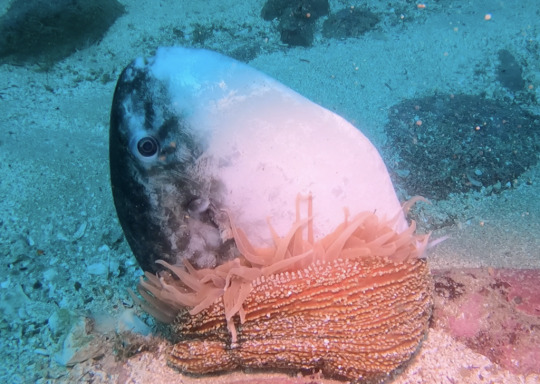
(source)
75 notes
·
View notes
Text

A color-pencil impression of the giant rhamphorhynchine pterosaur Dearc sgiathanach, which hails from the Bathonian-aged Lealt Shale Formation of Scotland, for St. Andrew’s Day. It had a 3-meter-long wingspan and was probably the single largest pterosaur of the Middle Jurassic, around 168-165 million years ago.
#paleoart#paleontology#pterosauria#pterosaurs#pterosaur#dearc#dearc sgiathanach#st andrews#scotland#paleoillustration#traditional drawing#traditional art#color pencil#color pencils#traditional illustration#traditional media#jurassic period#jurassic
228 notes
·
View notes
Text
DOXXING MYSELF WITH ROCKS
Okay so I took this photo while I was biking:
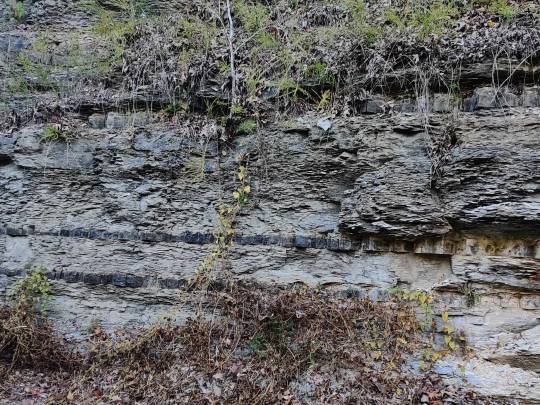
And I thought, "I wonder what kind of rock I'm looking at?" so I started poking around. I learned a lot! Apparently rock formations are tracked kind of the same way lakes and such are. Geologists have charts with the shapes of large "pockets" (misleading, they are massive) of various types of minerals Wikipedia led me to specific formation names and I tracked down the geographic area I was in and looked at the rock layers.

This is a very precise description of the location. I then looked up the Cathey rock layer. Check the description:
"A complex mixture of shaley limestone units. Typically it is thin bedded, blue gray nodular limestone, interbedded with thin partings of shale and siltstone. Weathers to thin silty soil usually 3 to 4 feet thick. Outcrops extensively in Central Basin."
Here is a charting of the layers in the Catheys Formation
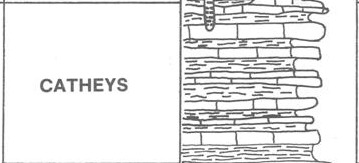
I think this is what I'm lookin at.
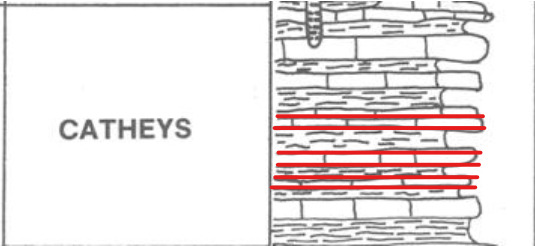
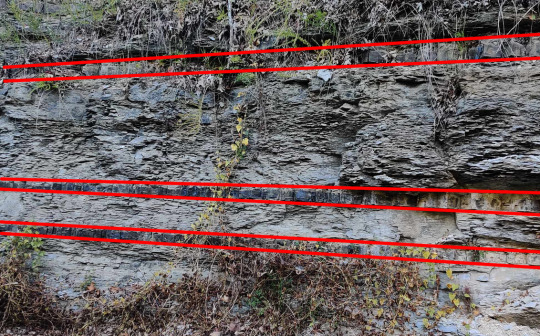
Isn't this so cool? I had no idea they just had like. Maps that show you where rocks are in this level of detail
294 notes
·
View notes
Text




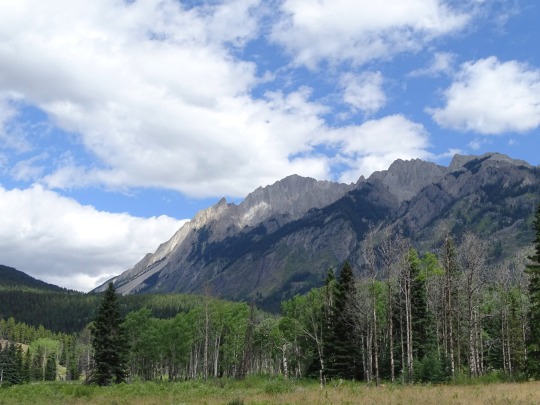




Banff National Park, AB (No. 5)
The Canadian Rockies may have risen up to 8,000 metres (26,000 ft) approximately 70 m.y.a. Once mountain formation ceased, erosion carved the mountains into their present rugged shape. The erosion was first due to water, then was greatly accelerated by the Quaternary glaciation 2.5 million years ago. Glacial landforms dominate Banff's geomorphology, with examples of all classic glacial forms, including cirques, arêtes, hanging valleys, moraines, and U-shaped valleys. The pre-existing structure left over from mountain-building strongly guided glacial erosion: mountains in Banff include complex, irregular, anticlinal, synclinal, castellate, dogtooth, and sawback mountains.
Many of the mountain ranges trend northwest to southeast, with sedimentary layering dipping down to the west at 40–60 degrees. This leads to dip slope landforms, with generally steeper east and north faces, and trellis drainage, where rivers and old glacial valleys followed the weaker layers in the rocks as they were relatively easily weathered and eroded. Classic examples are found at the Banff townsite proper: Mount Rundle is a classic dip slope mountain. Just to the north of the Banff townsite, Castle Mountain is composed of numerous Cambrian age rock formations. The uppermost section of the peak consists of relatively harder dolomite from the Eldon Formation. Below that lies the less dense shales of the Stephen Formation and the lowest exposed cliffs are limestones of the Cathedral Formation. Dogtooth mountains, such as Mount Louis, exhibit sharp, jagged slopes. The Sawback Range, which consists of nearly vertical dipping sedimentary layers, has been eroded by cross gullies. The erosion of these almost vertical layers of rock strata in the Sawback Range has resulted in formations that appear like the teeth on a saw blade. Erosion and deposition of higher elevation rock layers has resulted in scree deposits at the lowest elevations of many of the mountains.
Source: Wikipedia
#Bow Valley Parkway#aspen#travel#original photography#vacation#tourist attraction#landmark#landscape#countryside#Rocky Mountains#Canada#summer 2024#Alberta's Rockies#Canadian Rockies#flora#nature#forest#sub-alpine fir#Alberta#Banff National Park#Bow River#pine#tree#woods#Hillsdale Meadow#Mount Ishbel#Mount Cockscomb#Mount Cory
20 notes
·
View notes
Text

The Paleo Party Guest of the day is Cladoselache! This is commonly called the first shark, though it’s slightly adjacent to the family of modern lamniformes that includes modern sharks.
Age: 371-359 million years ago
Formation: Cleveland Shale
Location: Ohio, USA
38 notes
·
View notes
Text
A University of Kansas paleontologist exploring an area known for its fossils recently uncovered a never-before-discovered ancient sea worm – and showed off her “nerdy” side while naming it. When Rhiannon LaVine found the 500-million-year-old fossil, the research associate with the university’s Biodiversity Institute and Natural History Museum was carrying out fieldwork with a team working on the geologic formation called the Spence Shale. “One of the last times we were out there, I split open one of these pieces of rock and instantly knew it was something that wasn’t typical,” LaVine said in a statement. “The first thing we see are these radial blades that look like stars or flowers.” She said she quickly showed it to Julian Kimmig, the lead author on the study exploring the annelids. In a career first, LaVine had the honor of naming the fossil worm as the person who discovered it and as a co-author of the paper focused on it, according to the University of Kansas. “I’ve been involved in describing species before, but this is the first one I’ve named,” LaVine said in a statement. “Actually, I was able to name its genus, so I can put that feather in my cap.” Inspired by the indigenous name for the worms featured in Frank Herbert’s “Dune” novels – Shai-Hulud – the paleontologist gave the discovery the scientific name of Shaihuludia shurikeni.
Continue Reading
183 notes
·
View notes
Text
Throwback Thursday: The Wheeler Shale
Did you think we were done talking about Charles Walcott?

Not only did Walcott discover the Burgess Shale but 6 years prior he had gone out to western Utah and discovered yet another Cambrian lagerstatten, the Wheeler Shale.

Together with the Marjum and Weeks Formations, the Wheeler Shale is the most fossiliferous and best exposed sequences of Middle Cambrian rocks in North America. That is up to 2,000ft of rock exposure. Take that Burgess Shale. It is most famous for its prolific agnostid (tiny trilobites, like fingernail-sized)

and Elrathia kingii fossils.

Detailed work shows there are at least 10 lagerstatte sequences that were deposited by turbidites and mudslides during high water stands in a deep sea environment.
It also contains many other animals found in the Burgess Shale such as Hallucigenia,

Wiwaxia,

Choia,

and Sidneyia.

Fossilize you later!

#paleontology#fossils#fun facts#history#cambrian period#cambrian explosion#charles walcott#utah#trilobite#science#science education
21 notes
·
View notes